
What is the lubricant for what? Types of lubricants that come in handy in the home workshop
Content
In our home workshop, besides the set of necessary tools, there should be something else. Something thanks to which we can quickly and effectively solve the problem of squeaking mechanisms in a garden wheelbarrow, in a bicycle wheel or in a car door. Of course, we are talking about different types of technical lubricants that will prove themselves wherever silent, smooth operation of the moving parts to be connected is required. In today's text, you will learn what lubricants are and in what situations it is worth having them on hand.
What will you learn from this post?
- Lubricants - what are these substances?
- What are the general tasks of technical lubricants?
- What are the properties and applications of the most popular lubricants?
Shortly speaking
Graphite, Teflon, Copper Grease ... If you are lost in a crowd of products and are unsure of which types of grease to choose, check out the guide below. You will find out which types of technical lubricants are the most popular and where they are used.
What are lubricants?
Before we move on to answering the question of what types of lubricants there are, it is worth taking a closer look at what substances we are dealing with in general. You probably never thought about it for too long, did you? Good Lubricants are specialty chemicals that can be semi-fluid, liquid or solid. (less often gas), depending on the area of application. As a result, they effectively penetrate into the lubricated surface and do not drain from it.
The main component of lubricants is base oil (synthetic, vegetable or mineral), which is about 70-75% of their volume. The oils are liquid, and the consistency of the lubricant should be more solid - special thickeners are used for this. This could be, for example, aromatic urea, aluminum silicate or alkaline soaps... By using these substances, the lubricant turns into a thick paste.
The phase described above determines the final consistency of the grease. But what makes it acquire unique properties that are different for each type of lubricant? They decide about it enhancers, the most common of which are:
- Teflon (Teflon grease);
- graphite (graphite grease);
- copper (copper grease);
- preservatives;
- additives that increase durability;
- increased adhesion;
- anti-corrosion additives.
What do lubricants do?
- They provide a sliding layer between the contacting mechanical elements. - this layer separates the parts from each other, reducing friction between them. Friction is in many cases an unfavorable process that leads to side effects such as heat, noise, surface deformation or metal filings.
- They drown out work items, reducing unpleasant squeaks.
- They dissipate heat and reduce heatwhich is produced between work items.
- Protects metal parts of mechanisms from corrosion.
- They absorb loads.
- They contribute to improving the quality and culture of the mechanisms, increasing their efficiency. By using technical lubricants, we extend the life of our machines and reduce the risk of premature wear.
What types of lubricants are there?
Graphite grease
Manufactured using graphite dust particles., graphite grease features high resistance to stress and water, as well as anti-corrosion protection. it's the same excellent electrical conductordue to which it is widely used in parts of an electrical installation. Suitable for servicing ball joints, leaf springs and other components that are subject to heavy loads. Can also be used for car wipers.being careful not to slip it off, as this could damage the feathers. Graphite grease is also used as an assembly lubricant unless the manufacturer excludes its use. However, it will not work as a bearing lubricant. – graphite particles are so sharp that they can adversely affect the efficiency of the system and accelerate its wear. Moreover, in such situations there is a risk of graphite ignition (> 60 ° C).
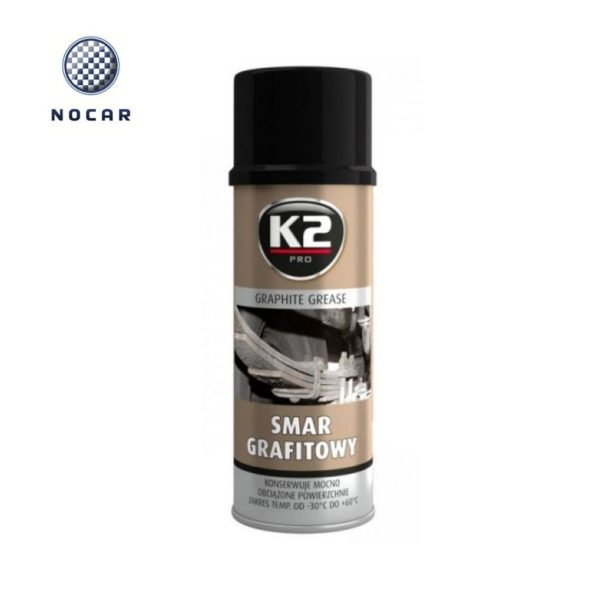
Copper grease
Copper grease is a grease enriched with copper. Provides excellent lubricating properties, adhesion and thermal stability. (not afraid of temperatures up to 1100 ° C). Protects lubricated elements from corrosion and abrasion. Can be used like grease for brakes and bolts of fastening discs to wheel hubs... Copper grease has also been used successfully to protect glow plug and spark plug threads, exhaust manifold pins, or lambda probe threads.
Learn more: Copper grease - what is its use?
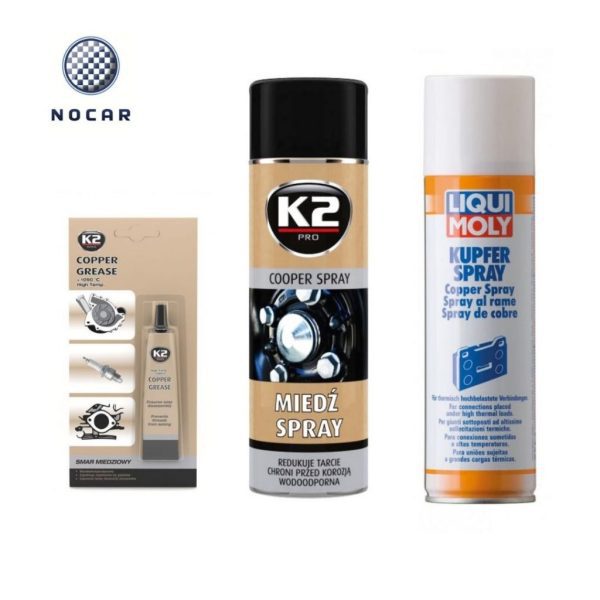
Silicone Grease
Prepare strong antistatic and hydrophobic properties – Prevents static electricity and dust adhesion and effectively displaces water to prevent corrosion. It creates a very thin smooth layer on the lubricated element, which retains its elasticity and does not harden. It gives slippage and does not trap dirt, which is especially important in mechanisms, the contamination of which can lead to system failure. Silicone grease is extremely versatile and can be used at home (e.g. for lubricate the bike chain or hinges on the door) and industrial. It will also be helpful for car door seals maintenance (protects against cracking and freezing), and even for cab care.
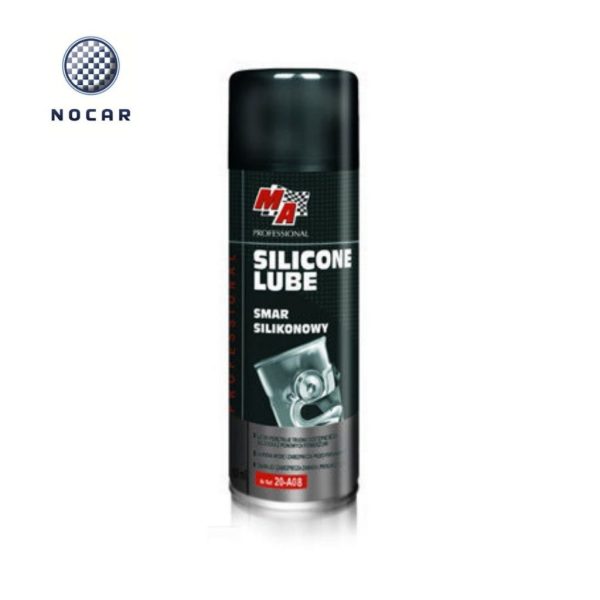
Teflon grease
When it comes to the types of lubricants that stand out from the rest, Teflon grease is one of them. Its uniqueness is manifested in the fact that it is intended for the so-called dry lubrication, i.e. where lubricants containing oils or other fats cannot be used... It is resistant to low and high temperatures and weather conditions, and due to its chemical neutrality, it does not react in any way. Teflon grease is used in electrical devices made of various materials, as well as in accessories that come in contact with food and pharmaceuticals (Teflon is food grade). In the automotive industry, it is used on axles, struts, bushings or seat rails.
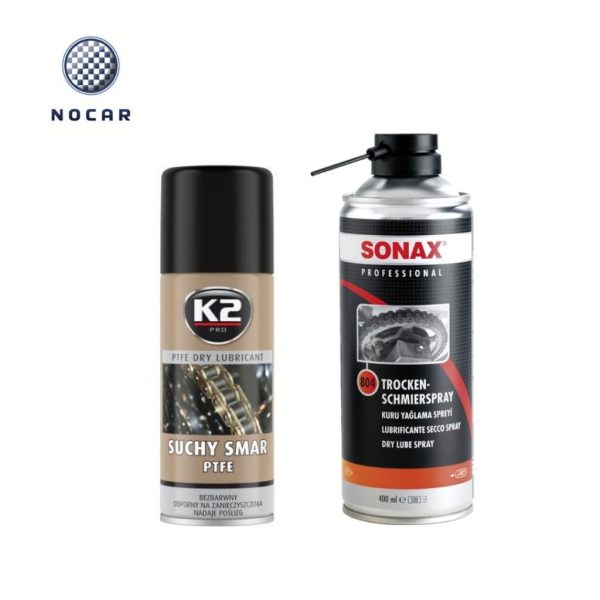
White grease
Speaking of lubricants that have a special feature among other drugs, one cannot fail to mention white grease. It's not hard to guess that this is due to its unique white color. The unusual color stands out among the mechanisms and individual parts, making it easier to spray with an applicator. The white grease is characterized by good resistance to weather conditions and temperature fluctuations. (from – 40 ° C to 120 ° C, briefly up to 180 ° C). It retains its properties in contact with salt water, protects against rust, does not freeze or melt. It's used in door hinges and door stops, seat rails, cables, etc. gas and clutch, bolt heads, battery terminals etc. It also works as a pivot pin lubricant.
Learn more: White Lube - Why is it useful and how to use it?
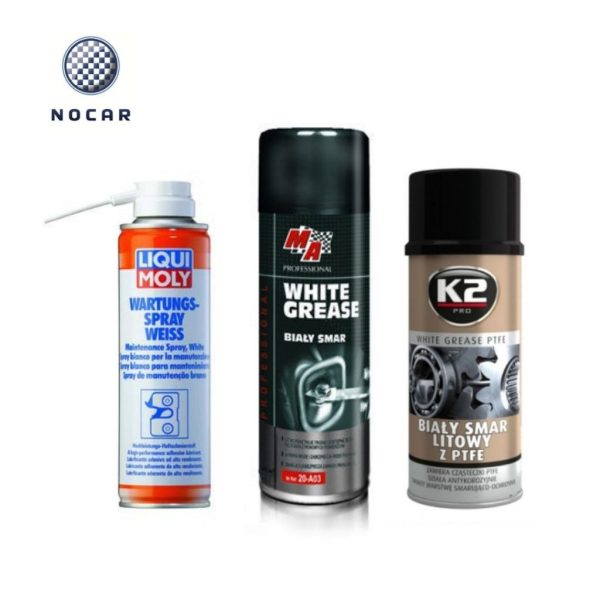
The most popular types of lubricants. Choose a lubricant for your workshop
Not sure which technical lubricant to choose? Or maybe you are thinking about buying several types? Go to avtotachki.com and get acquainted with the offers of lubricants from the best manufacturers with a detailed description of their properties and applications. Remember that a good technical lubricant is the basis and one of your main allies in the home workshop!